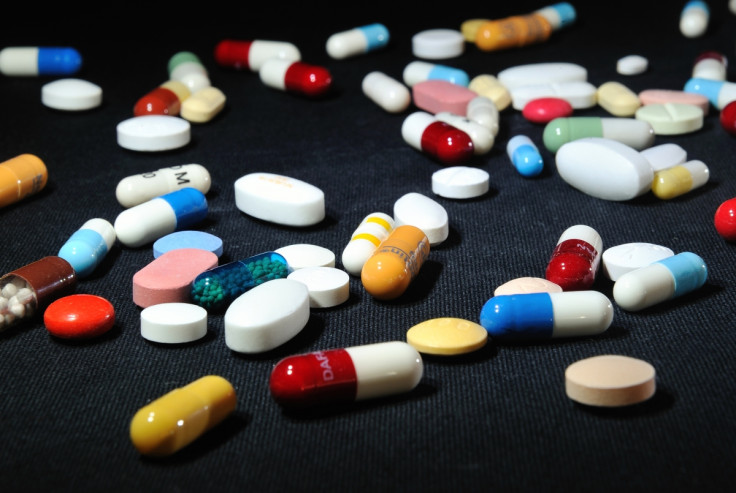Alzheimer's, HIV, cancer and penis transplants: Medical breakthroughs of 2015

As the year draws to a close, it's easy to look back at the pain and suffering that has been constantly highlighted in the news. The continuous rise of Isis and a deadly Ebola outbreak that was carried over from 2014 stick out as just two incidents that could define the year.
However, 2015 hasn't been all negative. Those in the scientific community can look back with pride as the year has also brought with it several medical breakthroughs that have the potential to enhance the future for all of humanity.
IBTimes UK takes a look at some of the biggest medical breakthroughs of the year.
HIV breakthrough
In February, scientists working at the Scripps Research Institute announced that they discovered a vaccine-like molecule that protects against HIV better than antiretroviral drugs. They found that the new drug can block every strain of HIV-1, HIV-2 and SIV (simian immunodeficiency virus).
The molecule in question is the eCD4-lg, which works by binding two unchanging sites on the surface of the HIV virus that would normally attach to receptors known as CD4 and CCR5. However, when eCD4-lg is introduced, it binds to HIV and removes the virus' ability to penetrate the cell, thus preventing it from multiplying.
Research leader Michael Farzan said: "Our molecule appears to be the most potent and broadest inhibitor of HIV entry so far described in a preclinical study. If one could inject either eCD4-Ig or our gene therapy tool into people with HIV infection, it might control HIV for extended periods in the absence of antiretroviral drugs. Further research will help illuminate the promise of these approaches."
Clinical trials are set to begin in 2016.
Penis transplant
The world's first successful penis transplant was performed in South Africa towards the end of 2014. Surgeons in Cape Town undertook a nine-hour procedure after a botched circumcision left the unidentified 21-year-old without his penis.
It was expected to take him at least two years to make a full recovery and regain all function of his transplanted organ. But surgeons from Stellenbosch University and Tygerberg Hospital announced on 13 March, four months after the operation, that he was back to normal.
However, what makes this story relevant to this year is that in June, the same man announced that he was expecting a child with his partner. He was able to reproduce as his testicles were not damaged.
Solanezumab
In July, scientists unveiled the first pharmaceutical drug aimed at slowing the progression of Alzheimer's disease. Solanezumab is hoped to be able to slow the decline in memory and thinking skills over time.
The hope is that it can bind amyloids – deformed proteins – that build up and form plaques in the brain as an early pathological feature of Alzheimer's disease. It is thought the formation of these sticky plaques of amyloid build up between nerve cells, which leads to brain cell death over time.
Dr Eric Karran, director of research at Alzheimer's Research UK, said Solanezumab "could indeed be acting on the disease processes that drive Alzheimer's".
"While this could be evidence of the first disease-modifying treatment for Alzheimer's, the ultimate test will be whether these promising effects repeat again in the third, more targeted, phase III trial in people with mild Alzheimer's due to finish late next year," he said. "We await the results of that trial with great interest."
Fighting cancer with genetically engineered algae
In November, it was announced that algae had been genetically engineered to kill cancer cells without harming healthy cells. The algae nanoparticles, created by scientists in Australia, were found to kill 90% of cancer cells in cultured human cells. The algae was also successful at killing cancer in mice with tumours.
Diatom algae is a type of tiny, unicellular, photosynthesising algae. It measures just four to six micrometres in diameter and is enclosed within a porous skeleton made of silica. Because chemotherapeutic drugs are often toxic to healthy tissue, the researchers were able to hide the drugs inside the algae.
Researchers genetically engineered the algae to produce an antibody-binding protein on the surface of their shells. In turn, the antibody binds only to molecules found on cancer cells, meaning it could deliver drugs to the target cells.
© Copyright IBTimes 2024. All rights reserved.






